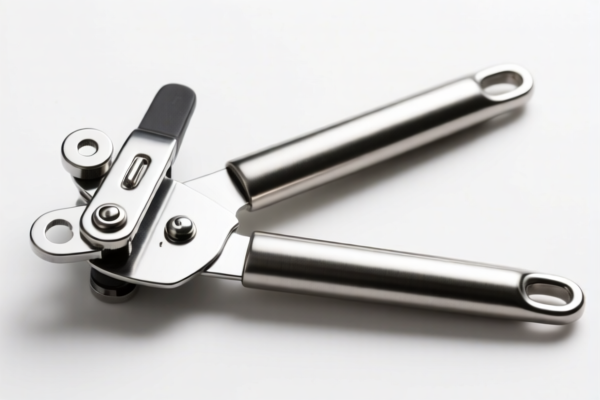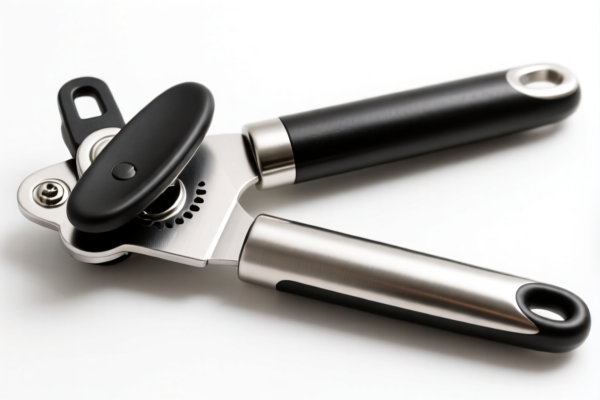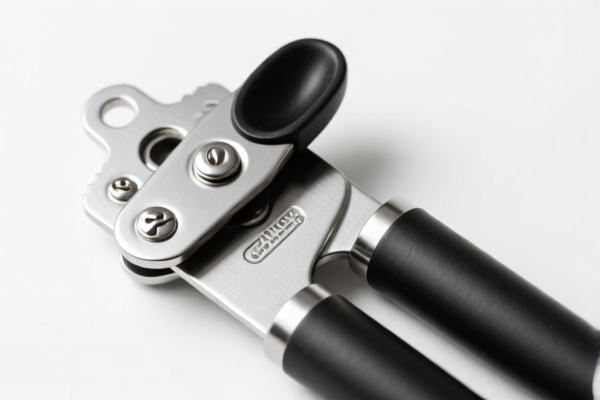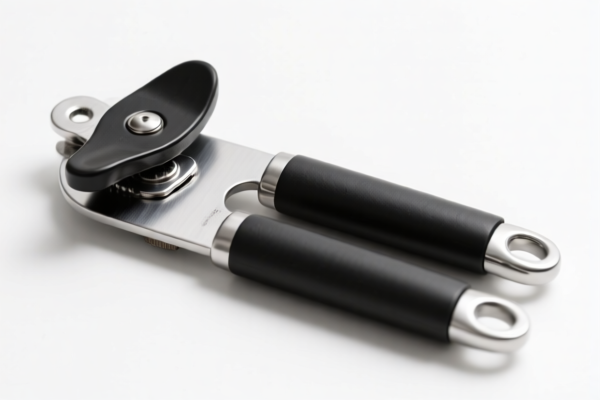| HS Code | Official Doc | Tariff Rate | Origin | Destination | Effective Date |
|---|---|---|---|---|---|
| 8301406060 | Doc | 43.2% | CN | US | 2025-05-12 |
| 8306100000 | Doc | 35.8% | CN | US | 2025-05-12 |
| 8306290000 | Doc | 30.0% | CN | US | 2025-05-12 |
| 4202995000 | Doc | 62.8% | CN | US | 2025-05-12 |
| 4202999000 | Doc | 75.0% | CN | US | 2025-05-12 |
| 4205001000 | Doc | 55.0% | CN | US | 2025-05-12 |
| 4205000500 | Doc | 57.9% | CN | US | 2025-05-12 |




Case Opener
A case opener is a tool designed to facilitate the opening of various types of cases, typically those containing firearms, electronics, or sensitive equipment. These tools aim to minimize damage to the case and its contents during access, and often enhance security by providing controlled opening mechanisms.
Materials
Case openers are constructed from a variety of materials depending on their intended use and price point. Common materials include:
- Steel: High-carbon steel is frequently used for robust openers designed for heavy-duty cases or those requiring prying force. Often heat-treated for increased durability.
- Aluminum: Lightweight and corrosion-resistant, aluminum openers are suitable for frequent use and cases where weight is a concern.
- Plastic/Polymer: Used for specialized openers or those designed for less demanding applications. Often used for internal components to prevent scratching.
- Brass: Used in some models to avoid sparking, particularly when opening cases containing potentially flammable materials.
Purpose
The primary purpose of a case opener is to provide a safe and efficient method for accessing the contents of a secured case. This is crucial for:
- Firearm Owners: Accessing firearms for cleaning, maintenance, or transport.
- Electronics Technicians: Opening cases to repair or modify electronic devices.
- Security Personnel: Controlled access to sensitive equipment or evidence.
- Collectors: Opening display cases without causing damage.
Function
Case openers function through various mechanisms:
- Leverage: Most openers utilize leverage to overcome locking mechanisms or tight seals.
- Keyed Access: Some openers are designed with specific key configurations to match case lock systems.
- Prying: Forcefully separating case components, often with a shaped edge to minimize damage.
- Rotation: Rotating mechanisms to unlock latches or release securing pins.
- Combination: Utilizing a combination of leverage, keying, and prying techniques.
Usage Scenarios
- Firearm Maintenance: Regularly opening and closing gun cases for cleaning and inspection.
- Field Repairs: Opening electronic cases in remote locations for troubleshooting and repair.
- Evidence Handling: Securely opening evidence cases in a controlled environment.
- Transport: Accessing cases during travel or transport.
- Inventory Management: Opening cases for inspection and stocktaking.
Common Types
- Gun Case Openers: Specifically designed for firearm cases, often with features to avoid damaging the case lining or finish. These may include specialized tips or levers.
- Electronics Case Openers: Include a variety of tools such as spudgers, opening tools, and pry tools for accessing electronic devices. Often come in kits with multiple tools.
- Pry Openers: General-purpose tools for separating case components. Available in various sizes and shapes.
- Keyed Case Openers: Designed with specific key configurations to match case lock systems. Often used in security applications.
- Multi-Tools: Combination tools that include a case opener along with other useful functions.
- Automatic Case Openers: Utilize powered mechanisms to open cases, often used in high-security applications or for cases with complex locking systems.
Based on the provided information, a “case opener” could potentially fall under several HS code classifications depending on its material and specific design. Here's a breakdown of possible HS codes:
-
8301406060: This code covers “Padlocks and locks (key, combination or electrically operated), of base metal; clasps and frames with clasps, incorporating locks, of base metal; keys and parts of any of the foregoing articles, of base metal: Other locks: Other”. If the case opener functions as a lock-opening tool made of base metal, this could be applicable. The total tax rate is 43.2% (5.7% base tariff + 7.5% additional tariff, increasing to 30.0% additional tariff after April 2, 2025).
-
4205001000: This code covers “Other articles of leather or of composition leather: Of a kind used in machinery or mechanical appliances or for other technical uses: Other”. If the case opener is made of leather or composition leather and is designed for use with machinery or mechanical appliances (e.g., opening cases for tools or equipment), this could be relevant. The total tax rate is 55.0% (0.0% base tariff + 25.0% additional tariff, increasing to 30.0% additional tariff after April 2, 2025).
-
4205000500: This code covers “Other articles of leather or of composition leather: Of a kind used in machinery or mechanical appliances or for other technical uses: Belting leather cut or wholly or partly manufactured into forms or shapes suitable for conversion into belting”. If the case opener is made of leather or composition leather and is a component used in machinery, this could be applicable. The total tax rate is 57.9% (2.9% base tariff + 25.0% additional tariff, increasing to 30.0% additional tariff after April 2, 2025).
Explanation of HS Code Structure (based on provided reference):
- Chapter 83: Covers miscellaneous manufactured articles of base metal.
- Heading 8301: Specifically covers padlocks, locks, clasps, and keys.
-
Subheading 8301406060: Further defines "Other locks: Other" within the broader category.
-
Chapter 42: Covers articles of leather or of composition leather.
- Heading 4205: Covers other articles of leather or composition leather.
- Subheading 4205001000: Defines articles used in machinery or mechanical appliances.
- Subheading 4205000500: Defines belting leather cut or partly manufactured for conversion into belting.
Important Note:
Regarding HS codes 4205001000 and 4205000500, it is crucial to verify the material composition (leather or composition leather) and intended use (machinery or mechanical appliances) to ensure accurate classification.
Customer Reviews
No reviews yet.